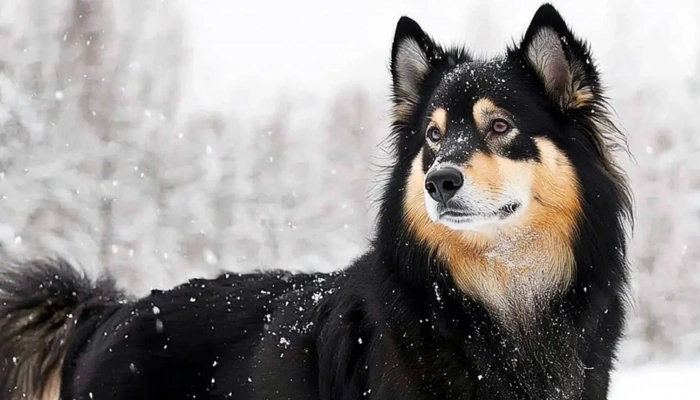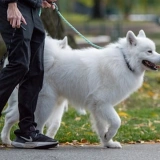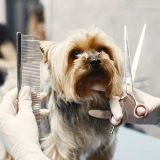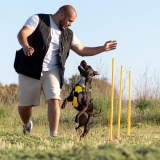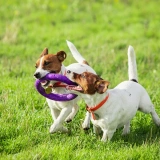Lapponian Herders are versatile, trainable, and steady-natured. They excel in obedience, tracking, and herding tasks, and enjoy structured routines. While reserved with strangers, they are rarely reactive or aggressive.
Early socialization ensures confidence in various settings, and consistent, reward-based training brings out their best qualities. They may be vocal when herding or alerting but are generally quiet and even-tempered indoors.
Their coat, while dense, is relatively easy to care for with regular brushing—especially during shedding seasons.

